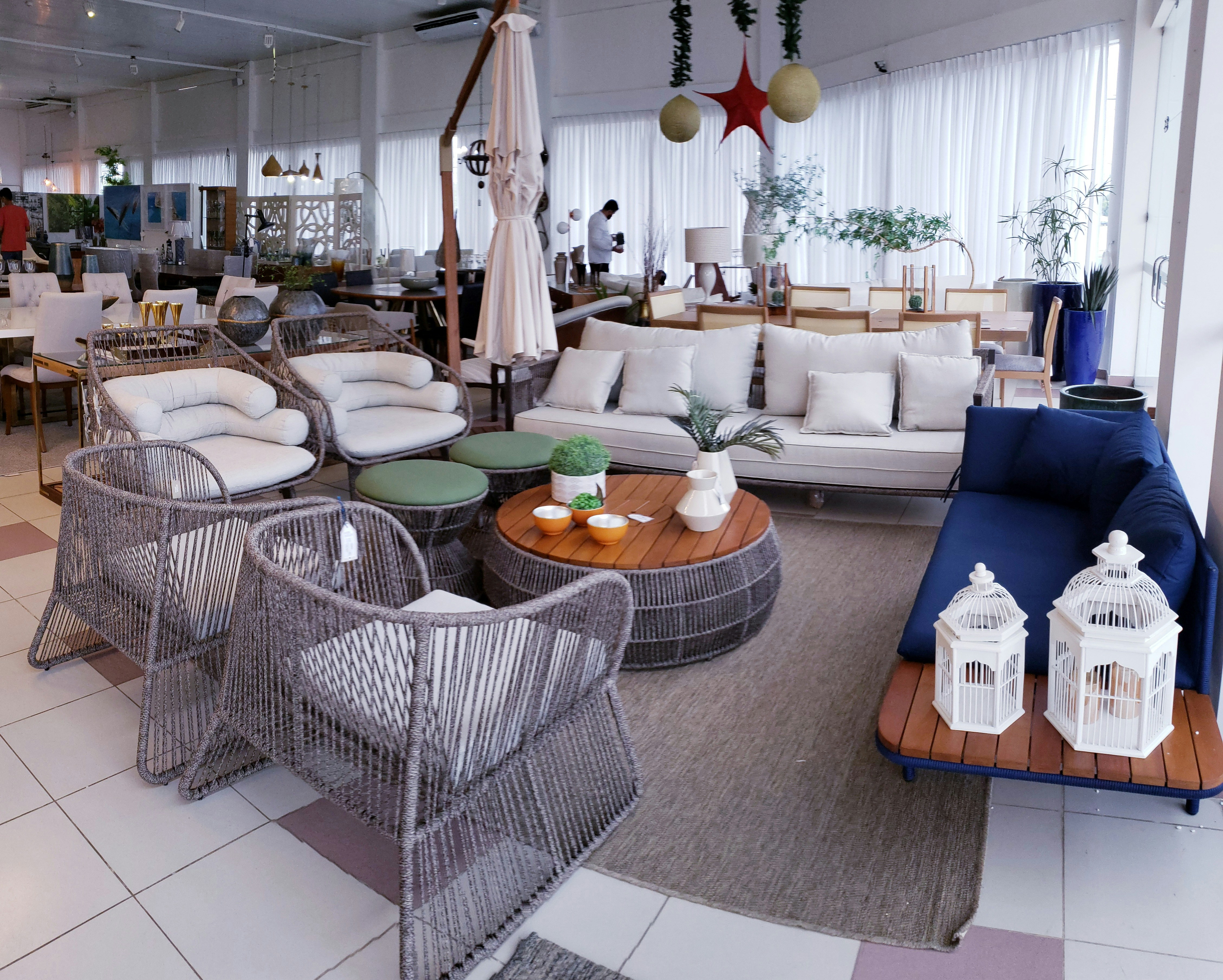(+0086)18913092838
Understanding Solution Dyed Polyester
Solution dyed polyester is a synthetic fabric produced through a unique dyeing process that occurs at the molecular level. In this method, color pigments are added directly to the polymer solution before it is extruded into fibers. This integration ensures that the color is embedded within the fiber itself, creating a material that is highly resistant to fading and wear. The resulting fabric exhibits exceptional colorfastness, meaning it retains its vibrant hues despite prolonged exposure to sunlight and environmental elements.
The manufacturing process of solution dyed polyester begins with the production of liquid polymer. During this phase, color pigments are introduced, allowing for a uniform distribution of color throughout the polyester material. Following this, the solution is extruded to create filaments, which are then spun into yarn, woven, or knitted into various fabric forms. This method not only provides consistent coloration but also enhances the overall durability of the fabric. As a result, solution dyed polyester is known for its strong resistance to degradation from UV exposure, making it an ideal choice for outdoor applications.
One of the significant advantages of solution dyed polyester is its impressive longevity. The dyeing process ensures that the color is not merely a surface coating, but rather a fundamental aspect of the fiber, rendering it less susceptible to fading or discoloration over time. Additionally, this fabric is resistant to water, stains, and mildew, making it an excellent choice for environments with demanding conditions. However, it is worth noting that solution dyed polyester can be more challenging to produce than traditional dyeing methods, potentially leading to higher manufacturing costs. Nevertheless, the benefits of long-lasting color and durability often outweigh these considerations for many applications.
Exploring Olefin Fabric
Olefin fabric, also known as polypropylene, is a synthetic textile that has garnered significant attention in various industries due to its unique properties and advantages. The composition of olefin is derived from the polymerization of propylene monomers, which contributes to its lightweight characteristic. One of the primary attributes of olefin fabric is its excellent resistance to moisture. This property makes it highly suitable for applications where exposure to water is a concern, such as outdoor furniture and sportswear.
The production process for olefin involves a series of chemical reactions, where ethylene and propylene are combined to create long-chain polymers. These polymers can then be spun into fibers, which are subsequently woven or knitted to form the fabric. This method of production not only results in a strong and durable fabric but also allows for the creation of vibrant colors that are inherent to the material, thanks to its solution-dyed nature.
In addition to its lightweight and moisture-resistant qualities, olefin fabric is appreciated for its ease of cleaning. Stains can typically be removed with soap and water, making it ideal for applications in environments that demand high levels of hygiene and maintenance, such as automotive upholstery. Furthermore, olefin is inherently resistant to abrasion and fading, ensuring longevity even when used in harsh conditions.
Despite these numerous benefits, olefin fabric does possess some limitations. Its susceptibility to heat means that it may not be ideal for all applications; extreme temperatures can cause deformation. Additionally, olefin is not as absorbent as some other fabrics, which may pose issues in specific contexts where moisture absorption is desired. Nevertheless, the overall advantages of olefin fabric continue to drive its popularity across various industries.
Comparative Analysis: Features and Benefits
When selecting between solution dyed polyester and olefin, understanding their respective features and benefits is essential. Solution dyed polyester is renowned for its exceptional durability, making it a strong contender in both commercial and residential settings. This material undergoes a process where dye is incorporated into the fiber, resulting in greater colorfastness and resistance to fading. In contrast, olefin, often referred to as polypropylene, is also durable but excels in moisture resistance and quick drying capabilities, which make it suitable for outdoor applications.
Color retention is a significant factor when evaluating these two fabrics. Solution dyed polyester possesses superior color stability, which can withstand various environmental conditions without significant fading. This quality is particularly important for applications in sunny locations or areas with high UV exposure. Olefin, although it does have decent color retention, can fade over time when consistently exposed to strong sunlight, making it less ideal for prolonged outdoor use without protective measures.
In terms of UV resistance, solution dyed polyester again holds the upper hand due to its inherent properties that prevent degradation from ultraviolet rays. Conversely, olefin’s UV stability can vary, typically requiring additional treatment to enhance its resistance. When it comes to maintenance, both materials are generally low-maintenance; however, solution dyed polyester’s ability to resist stains and easy cleaning gives it an advantage in scenarios where appearance and upkeep are crucial.
Ultimately, the choice between solution dyed polyester and olefin depends on the intended use. For projects requiring long-lasting vibrant hues and high UV resistance, solution dyed polyester is often the preferred option. On the other hand, for applications prioritizing quick-drying and moisture management, olefin may provide better performance. Evaluating these features will guide consumers in making informed decisions tailored to their particular needs.
Final Thoughts: Choosing Between Solution Dyed Polyester and Olefin
In the realm of textiles, selecting the appropriate material for a specific project is crucial, and this choice often boils down to solution dyed polyester and olefin. Each of these fabrics has unique characteristics that cater to different performance needs and aesthetic requirements, making it essential to evaluate them carefully. Solution dyed polyester is renowned for its vibrant colors and remarkable UV resistance, making it a preferred option for outdoor furnishings. On the contrary, olefin is celebrated for its excellent moisture resistance and durability, positioning it as an ideal choice for various applications, including leisure fabrics and carpeting.
When contemplating your options, it’s vital to consider factors such as budget, intended use, and design preferences. If a project demands a durable, colorfast fabric for exposure to bright sunlight, solution dyed polyester may be the better choice. However, if you prioritize moisture management and easy maintenance, olefin could align more closely with your goals. Additionally, it’s prudent to weigh up costs, as solution dyed polyester often commands higher prices due to its manufacturing process and benefits.
Furthermore, understanding where to source these materials is key. Many retailers provide both fabrics, but it’s advisable to compare local vendors and online marketplaces to find competitive pricing. As for care, maintaining the integrity of either fabric involves following specific guidelines; for instance, while solution dyed polyester typically requires mild detergents for cleaning, olefin can usually be cleaned with a simple mixture of soap and water.
Ultimately, the decision between solution dyed polyester and olefin should be driven by a comprehensive assessment of your project’s unique demands. This ensures that the final selection aligns perfectly with your functional requirements and aesthetic aspirations.


